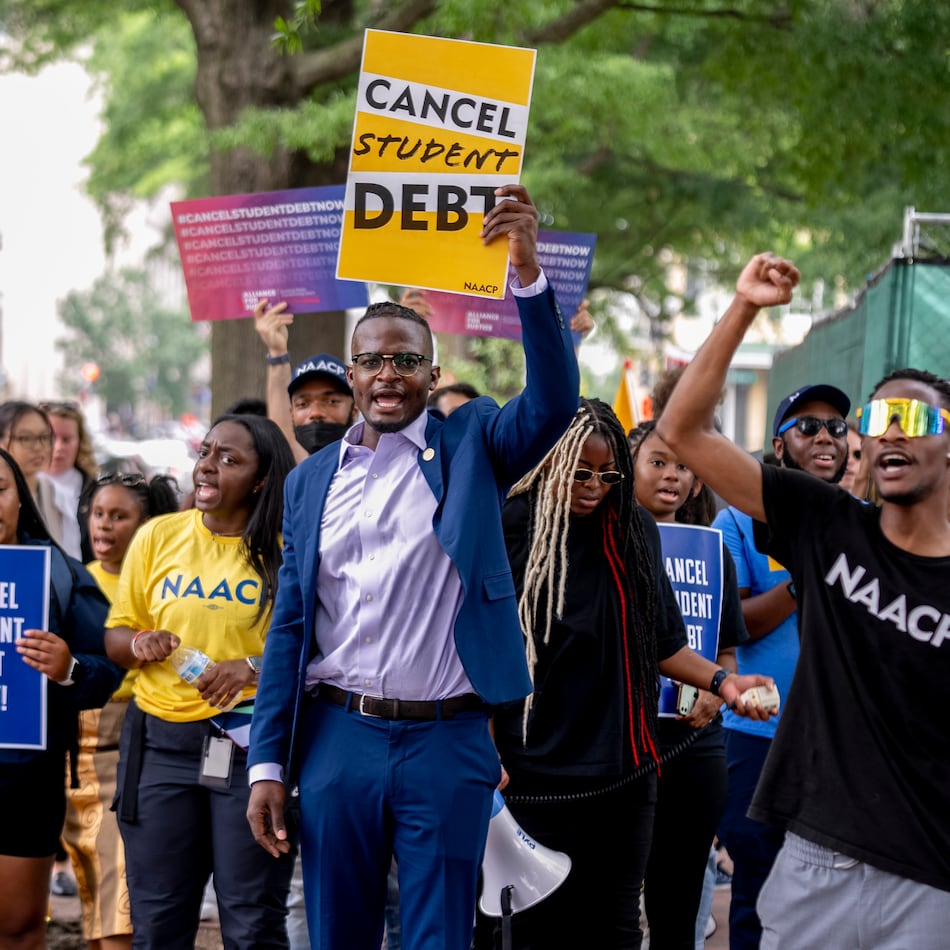That day on the Atlanta set of “Smokey and the Bandit,” Burt Reynolds stretched his lanky legs out in his shag-carpeted trailer and took a little break. In his snug-fitting, bell-bottomed jeans and polished boots, a perfectly creased Stetson resting at his elbow and a massive belt buckle gleaming at his trim waistline, he seemed every bit the movie star.
His tousled bangs and rolled-up shirt sleeves said he was just one of the guys.
Both images perfectly describe who Reynolds was, says a Georgia
film-industry figure who knew him for decades.
“I saw him as a pretty down-to-earth person. He was bigger than life, yet when you were around him, he was someone you could talk to,” said longtime casting director Shay Griffin, an industry leader key to clinching Georgia’s prominent spot in the present-day film industry. She was appointed in 2004 by then-Gov. Sonny Perdue to the state’s Film, Video and Music Advisory Commission, whose counsel helped pave the way for the influential film industry tax credits the Georgia Legislature passed in 2008.
Reynolds died Thursday at 82. His vast film repertoire included a number of movies shot in Georgia, including “Deliverance,” “The Longest Yard,” “Sharky’s Machine” and “The Cannonball Run.”
Griffin first met Reynolds while working on “Cannonball,” and was later hired to work on a project at his Florida ranch. While working there, Griffin got to know a very candid Reynolds.
“He had a bit of a temper. I got to see it one or two times. I was always thankful I was not on the receiving end,” she said with a chuckle. Anytime he let off steam, Reynolds was quick to cool down, she said.
“If he got sort of out of line, he’d always apologize. He was that much of a gentleman,” she said. “Not many people do that. That’s a Southern sort of charm that I think he possessed. He could not have been more one of the guys.”
Reynolds took a shine to Georgia, which he dubbed his “good luck state” while filming the 1972 drama “Deliverance” in the North Georgia mountains. He remained loyal to the state and its film industry throughout his career. In a 2015 interview with The Atlanta Journal-Constitution, Reynolds enthused on how Atlanta could stand in for almost anywhere on the big screen.
“Atlanta is just a great city,” Reynolds told journalist Jon Waterhouse. “It can look like New York, if you shoot it right. All you need is a big, tall building and a short actor, and you’ve got New York.”
The advice he imparted then surely warms local artists’ hearts to this day: “I think you have to be unafraid to read actors here who are in local theater, because they are shockingly good, and they won’t let you down.”
Reynolds starred in a slew of memorable projects, including “Boogie Nights,” “Striptease” and “The Best Little Whorehouse in Texas.” For many fans, though, the mere mention of his name cues up “East Bound and Down,” the infectious “Smokey” soundtrack. In a stroke of mirthful casting genius, Reynolds played Boss Hogg in the big-screen adaptation of “The Dukes of Hazzard,” a television series set in fictional Hazzard County, Georgia, inspired by “Smokey and the Bandit.”
“Dukes” star John Schneider broke into acting, literally, while “Smokey” was filming. A student at North Springs High School at the time, he traipsed onto the set, climbed a fence and found a guy with a radio who seemed to be in charge.
“I tapped him on the shoulder and said, ‘Hey, sorry I’m late, traffic was a mess.’ The guy had me in hair and makeup,” Schneider said in a Thursday night interview with the AJC. “I got free lunch and I got to sit and talk to Jackie Gleason. I wrote a term paper about it and got an A-plus.”
His nonspeaking role as the kid in the hat when a tire rolled into the crowd paved the way for a long friendship with Reynolds.
“He admired my gumption,” Schneider said. “Burt was all about gumption. He was a great guy. He was the man. He was the Bandit.”
Reynolds and "Smokey" co-stars Sally Field, Gleason and others were in Atlanta in 1976 for the original, and again in 1980 for the sequel. It was at the end of "Smokey and the Bandit II" that a roller coaster known as the "Greyhound" at the old Lakewood Fairgrounds was blown up as part of a sensational scene.
According to “The History of Lakewood,” the wooden roller coaster was designed by John A. Miller. In operation from 1915 to 1974, it was partially rebuilt in 1956. It had been sitting idle for a few years before being used for the movie explosion scene.
Fittingly, the site is now home to the EUE/Screen Gems studio complex, where movies including the Marvel blockbuster “Black Panther” have filmed.
Field saluted her friend in a statement to The Associated Press: “There are times in your life that are so indelible, they never fade away. They stay alive, even 40 years later. My years with Burt never leave my mind. He will be in my history and my heart for as long as I live. Rest, Buddy.”
Griffin last saw Reynolds a year ago, when he was in Georgia for a film festival. She had an idea to run past him and, hewing to industry standards, she offered to go through his manager.
Her longtime friend, down-to-earth as always, chided her gently: “Why not just talk to me?”
About the Author
The Latest
Featured






